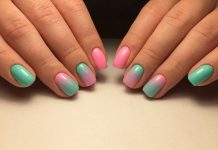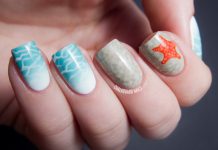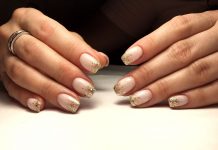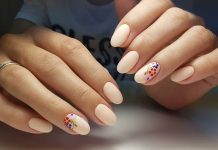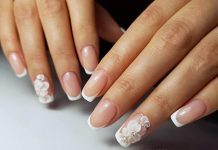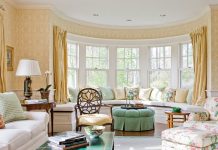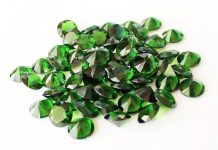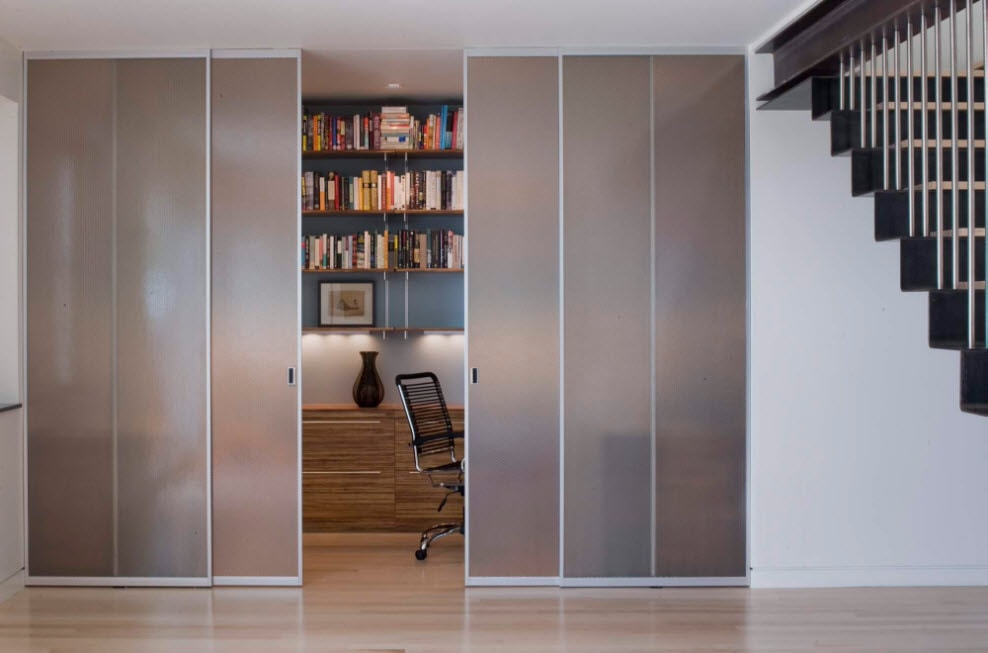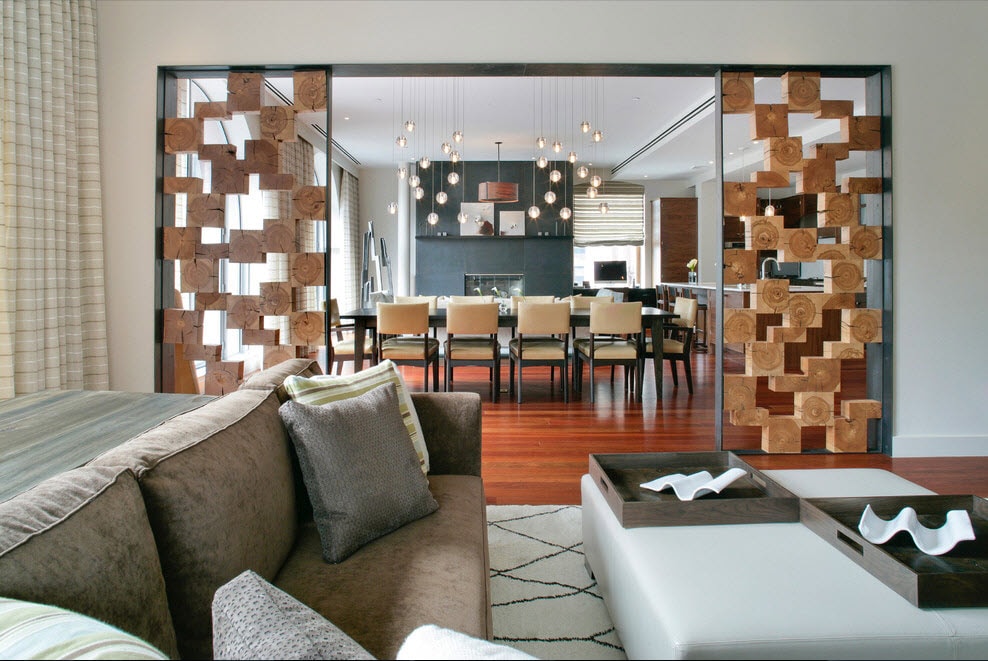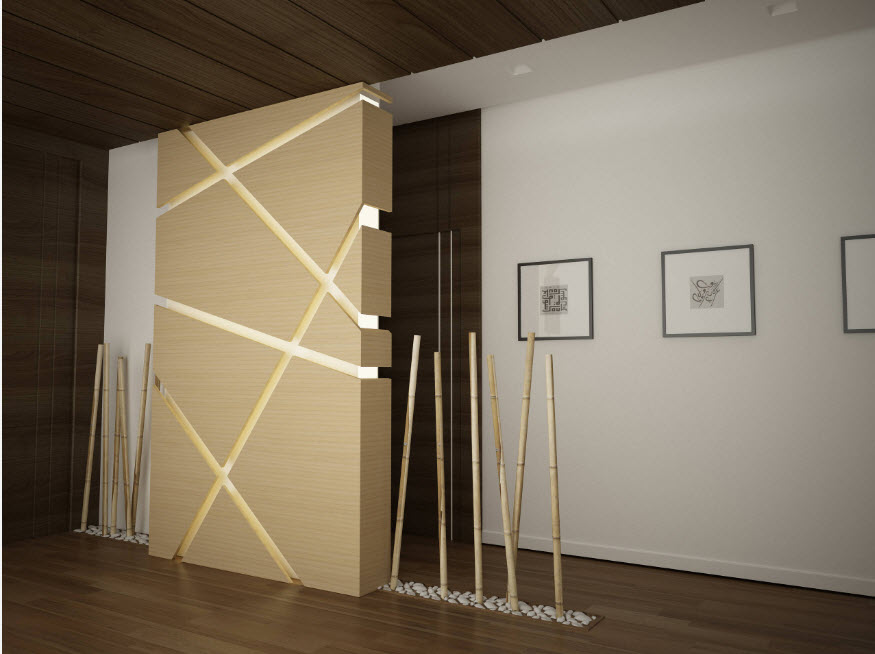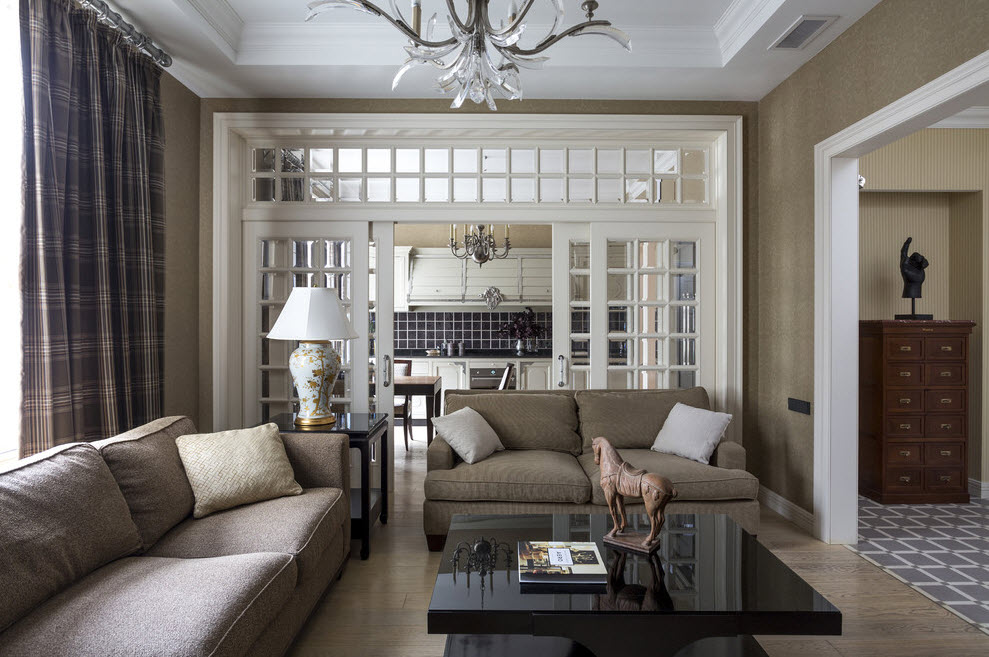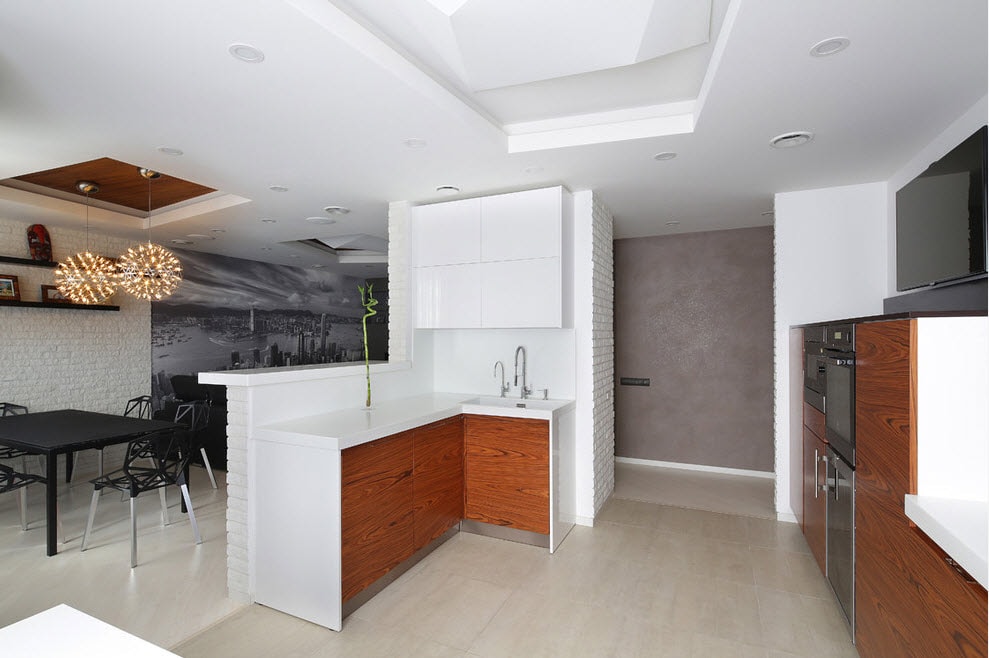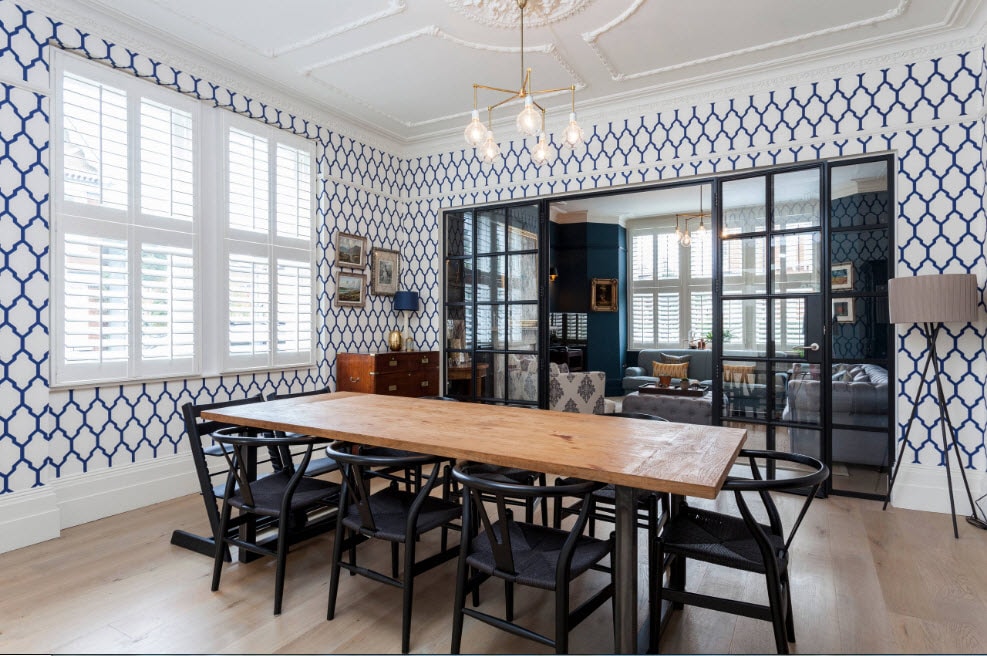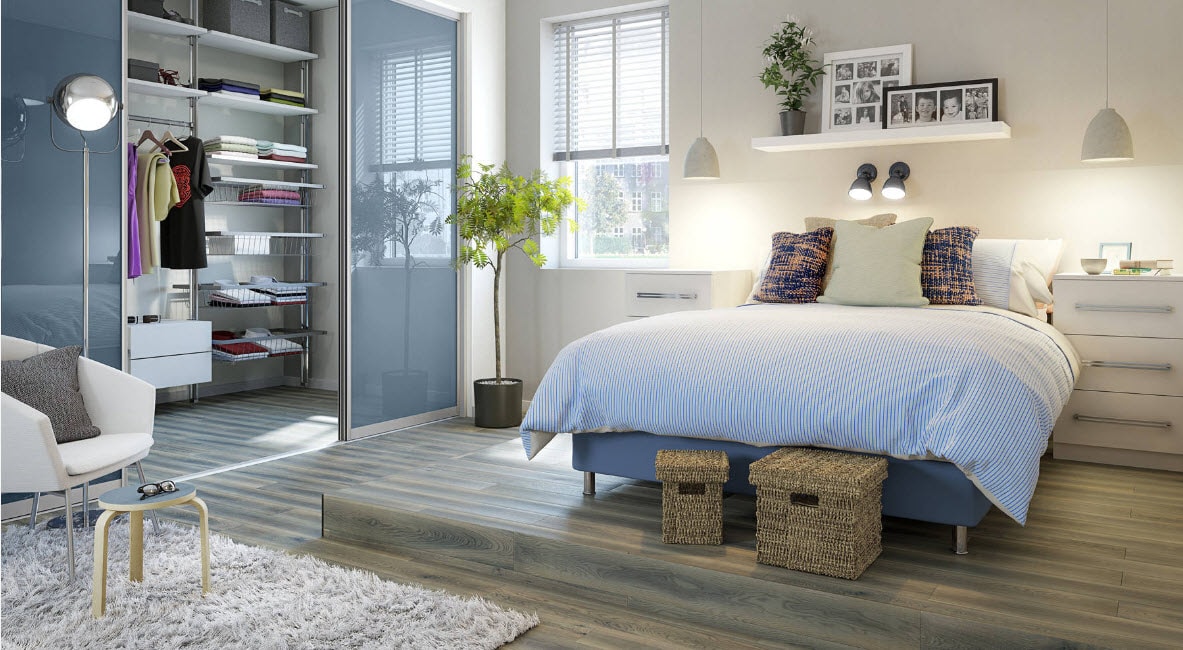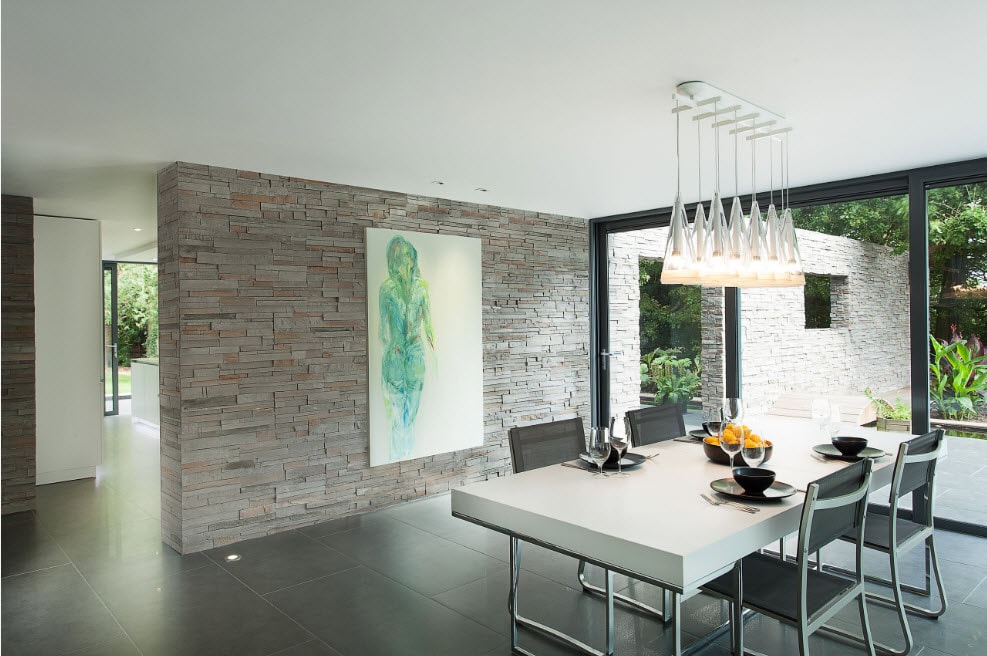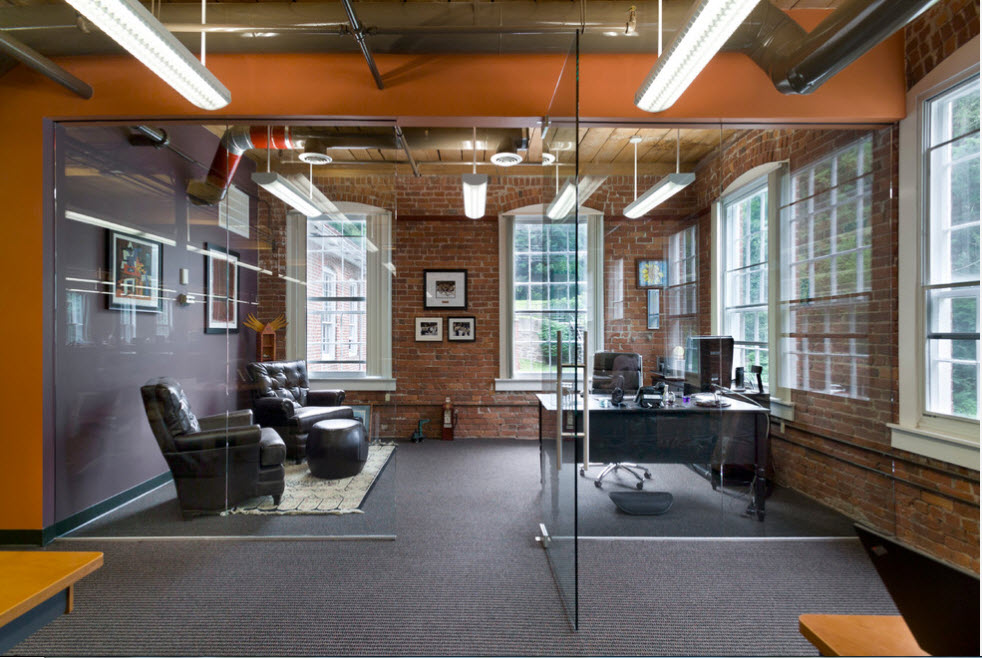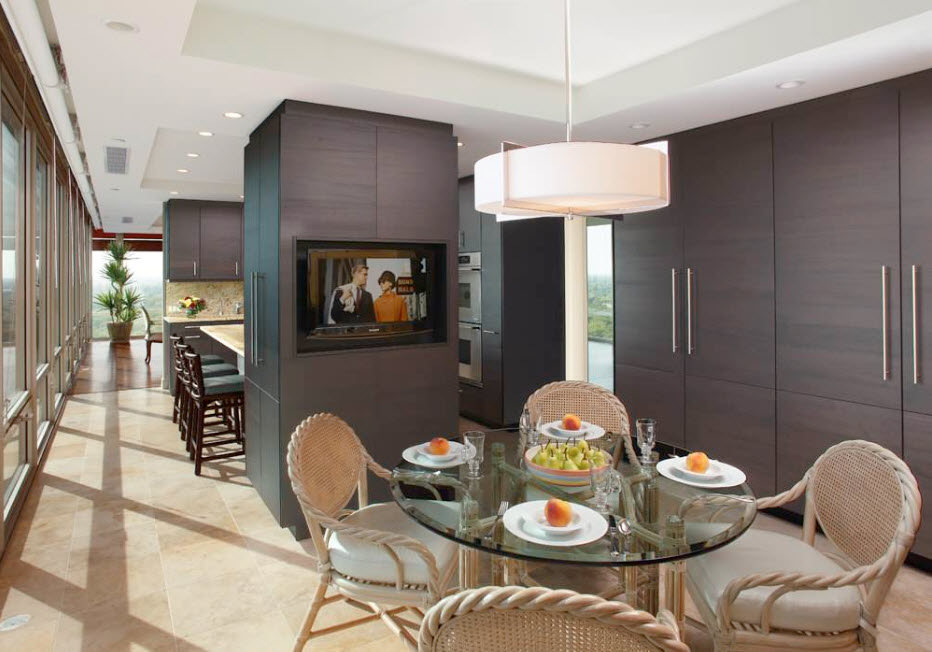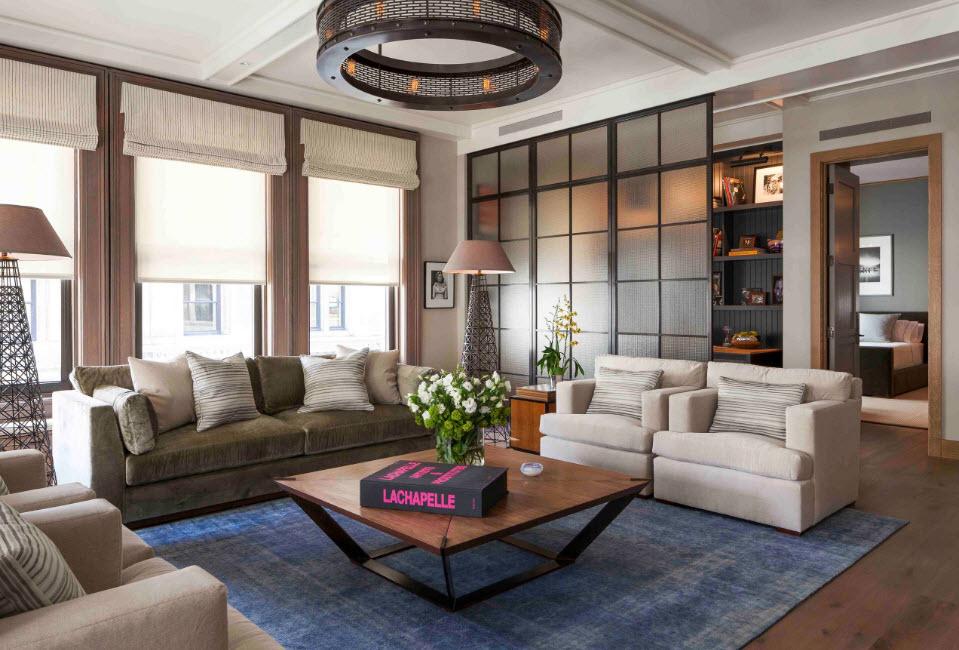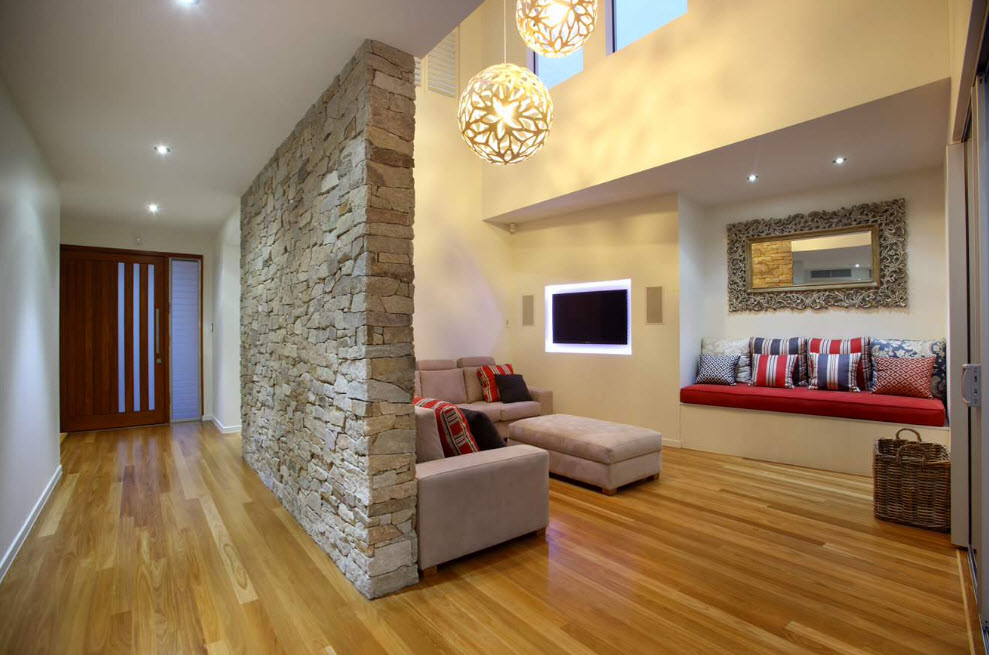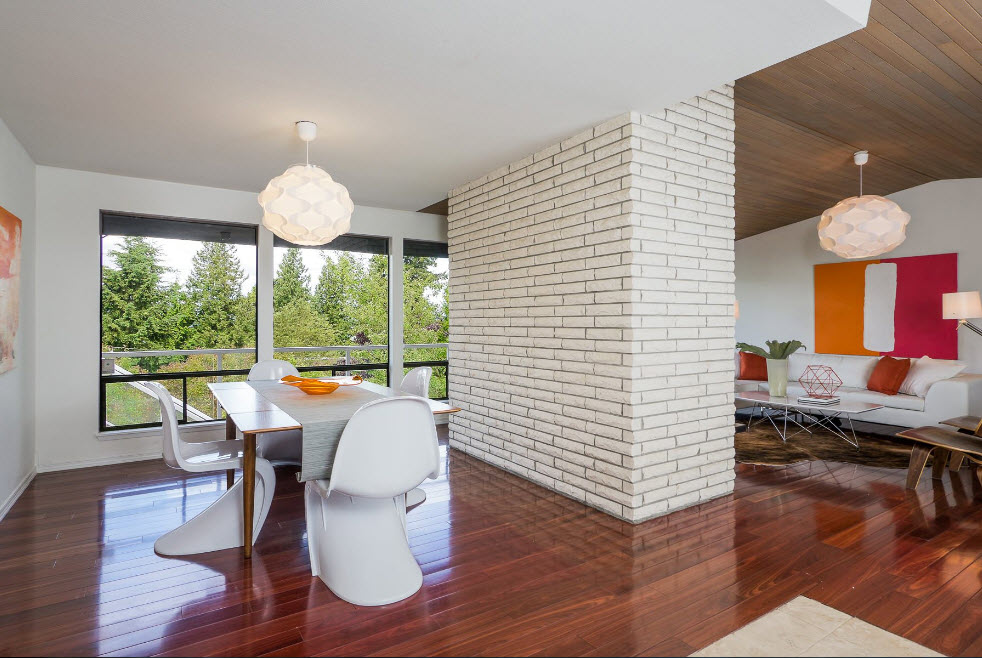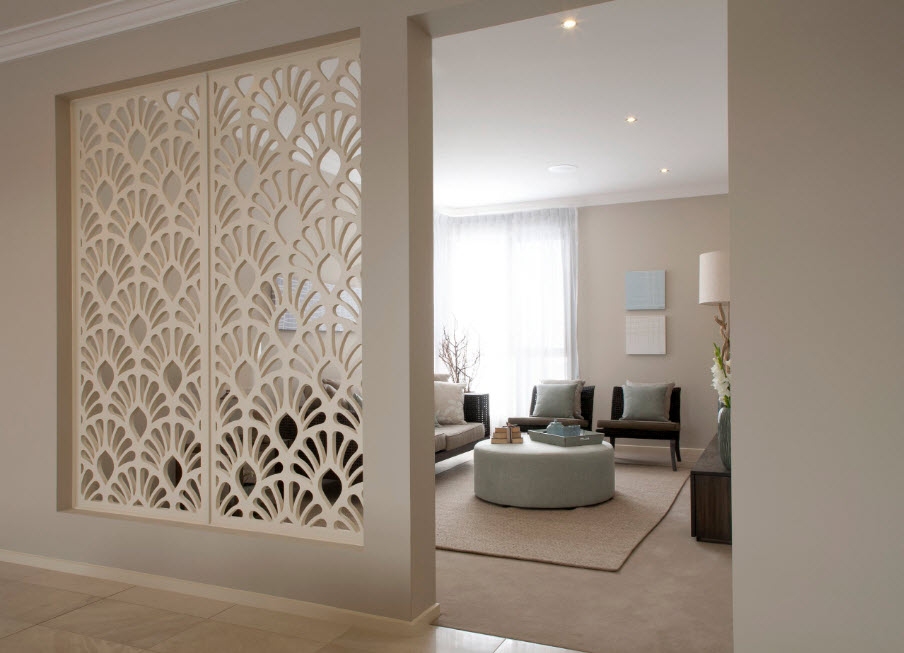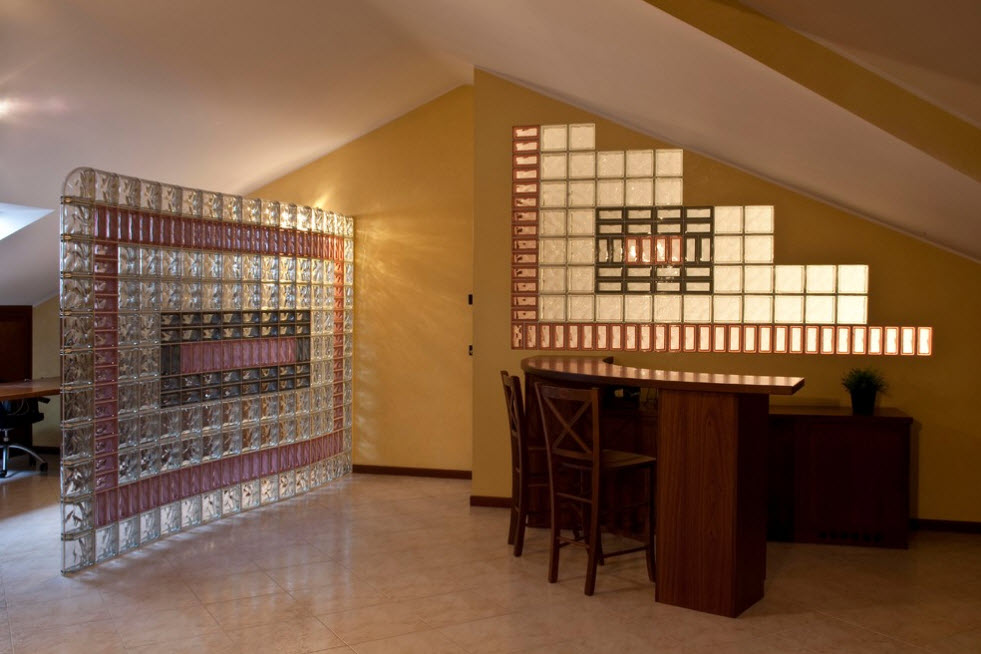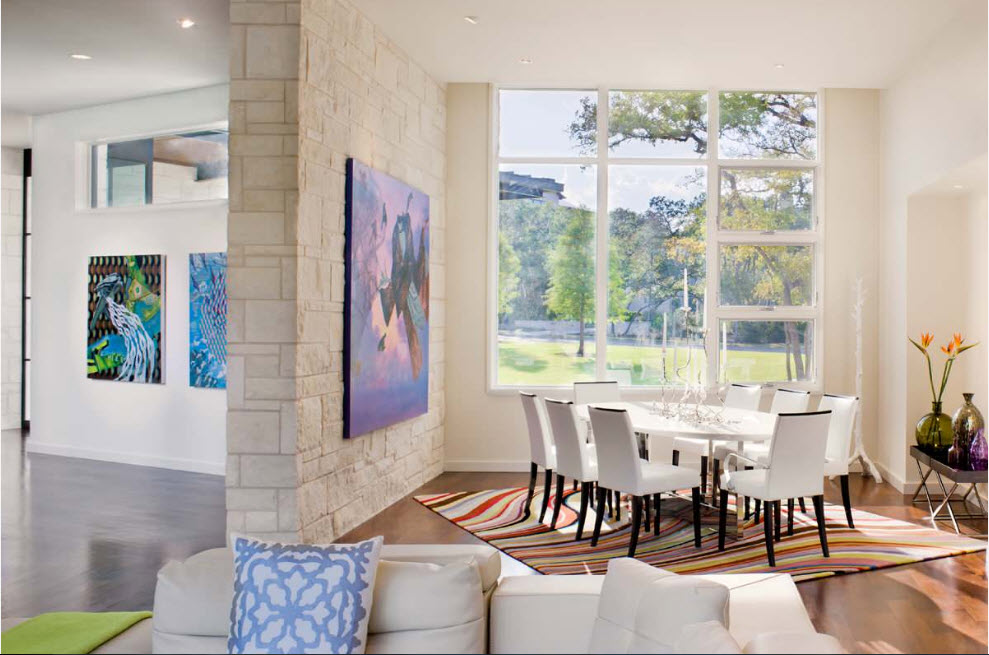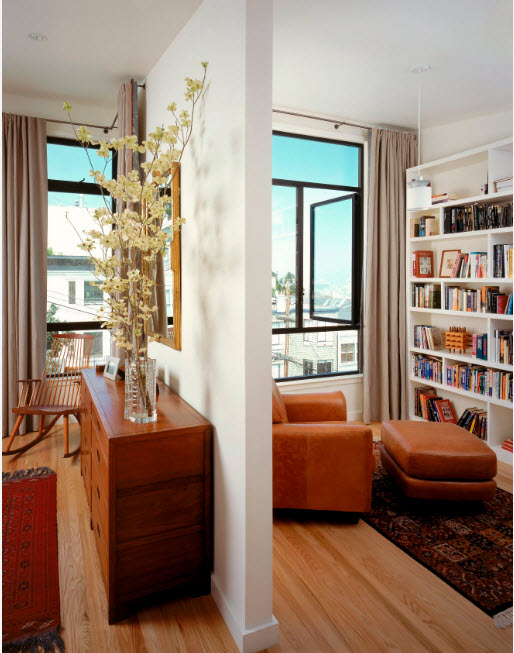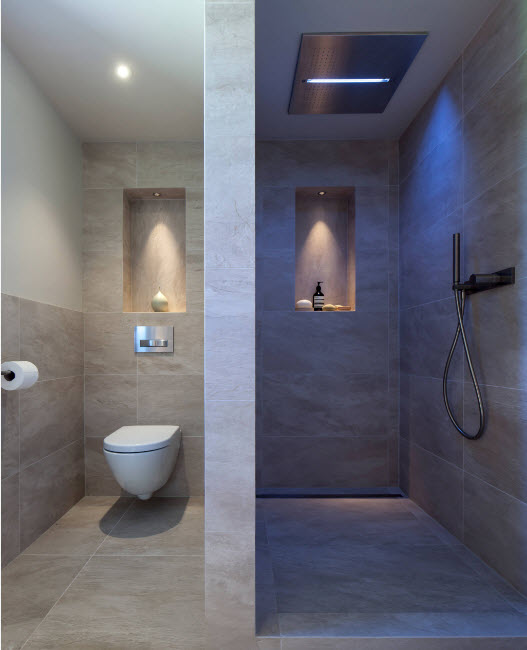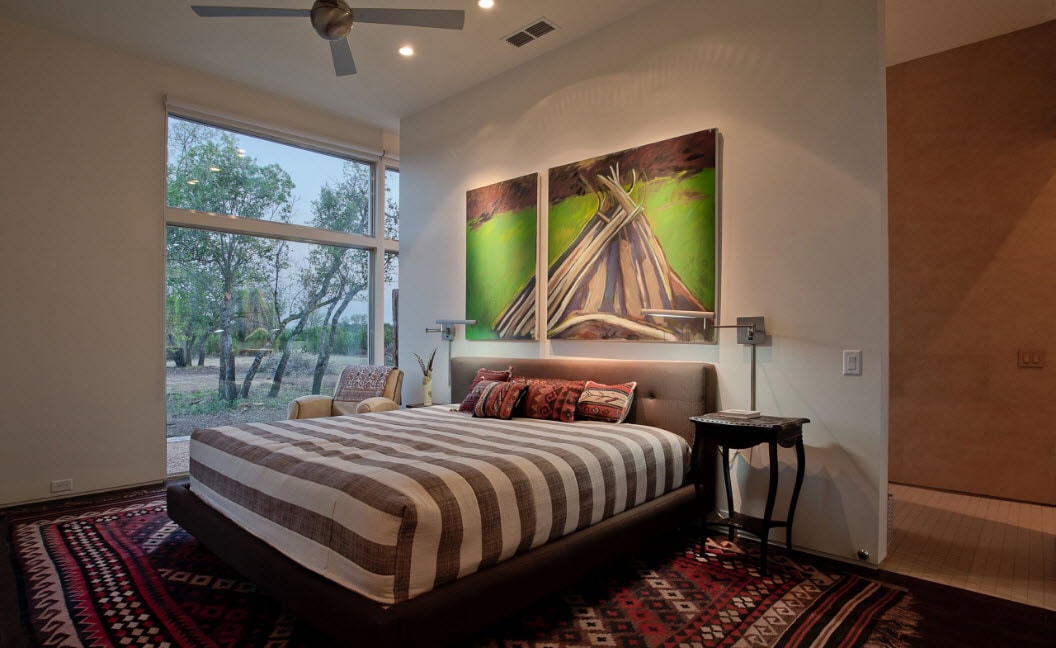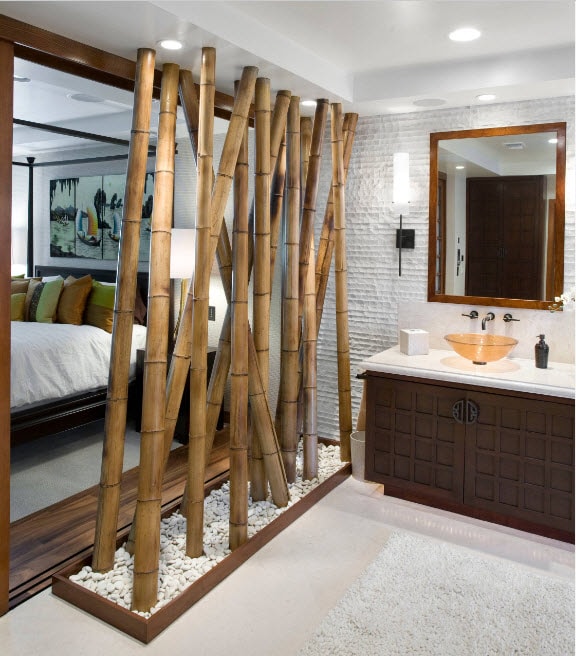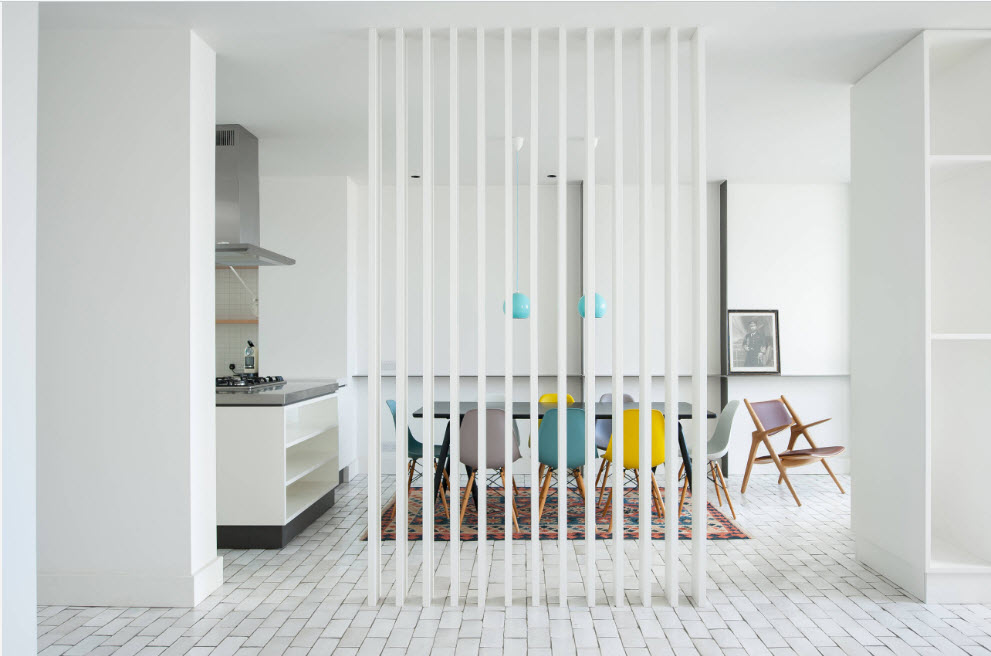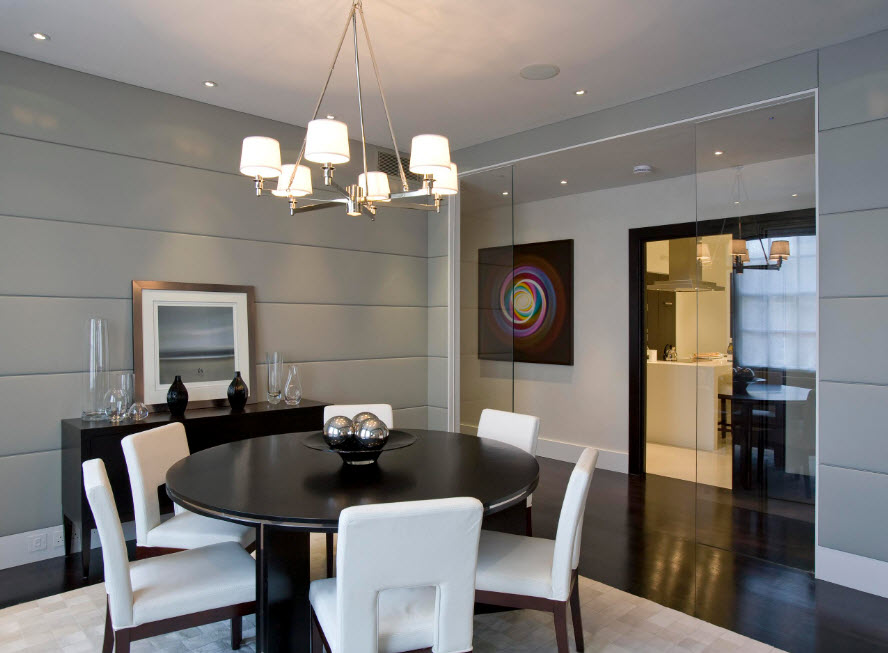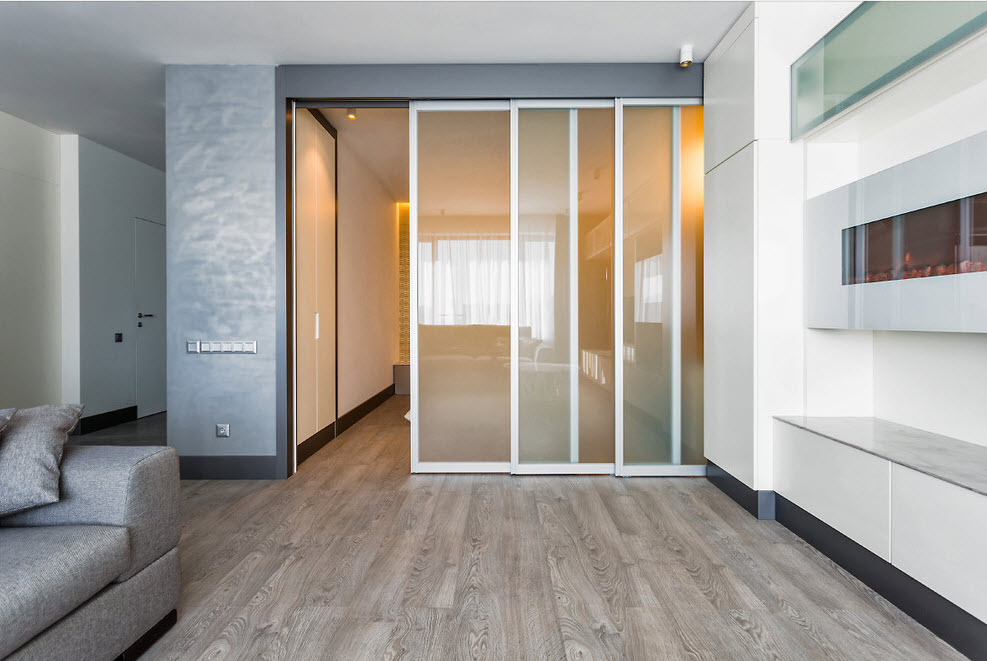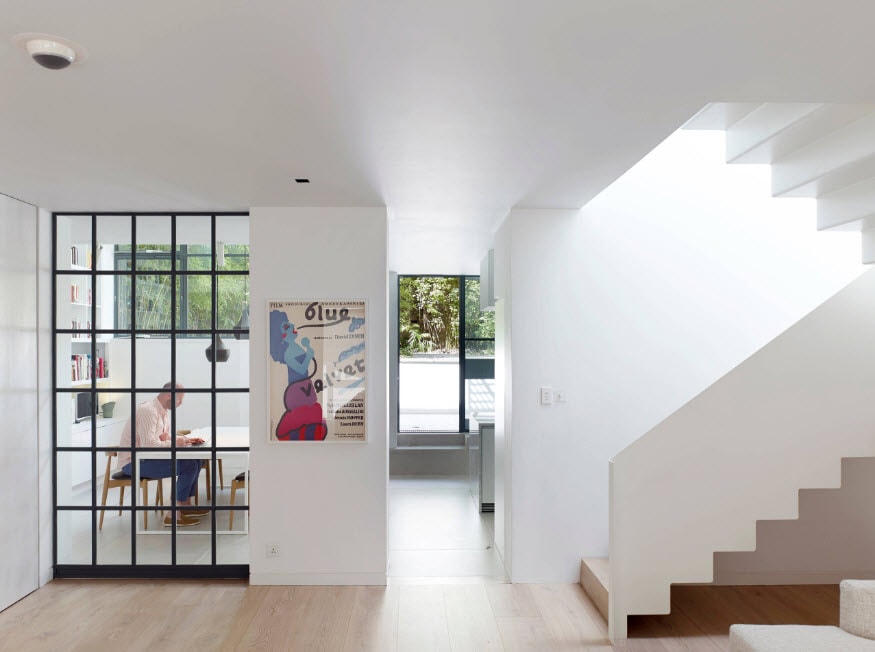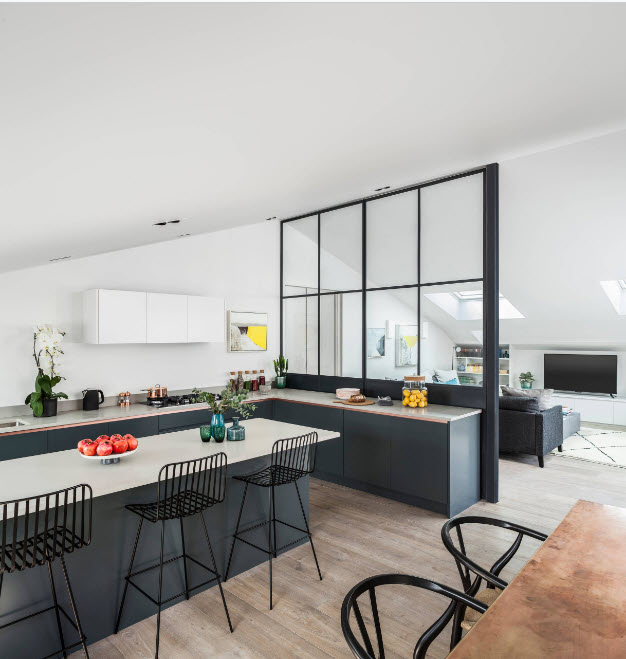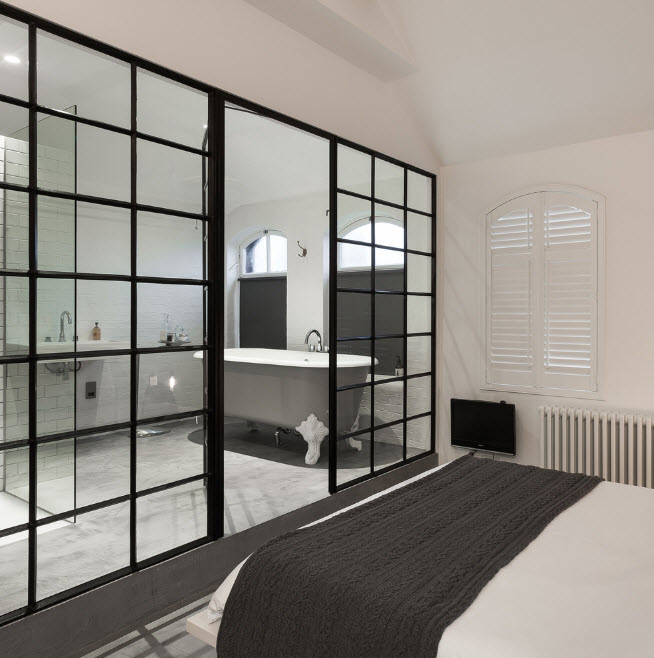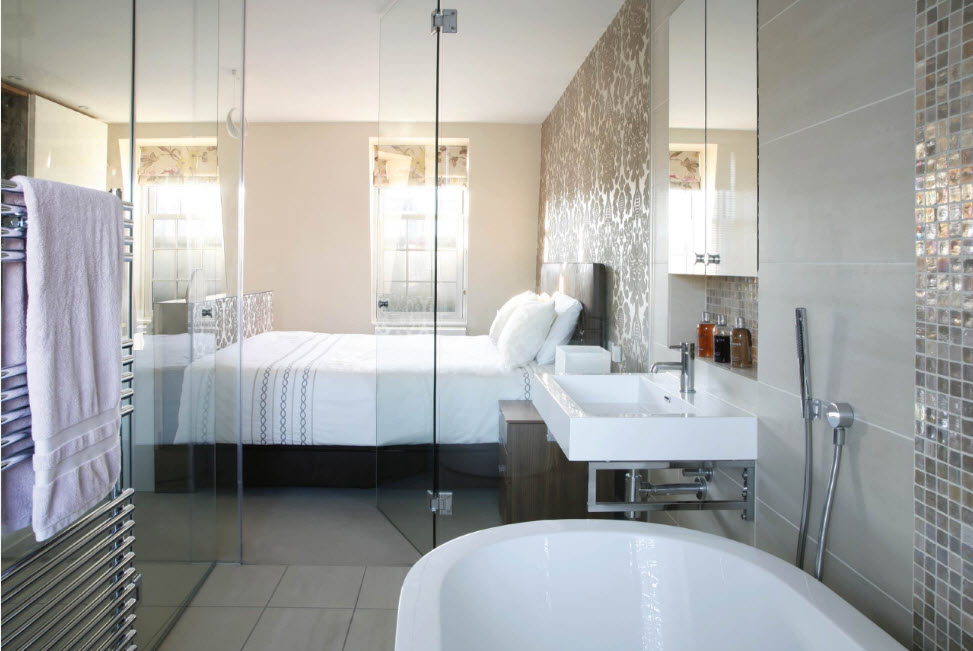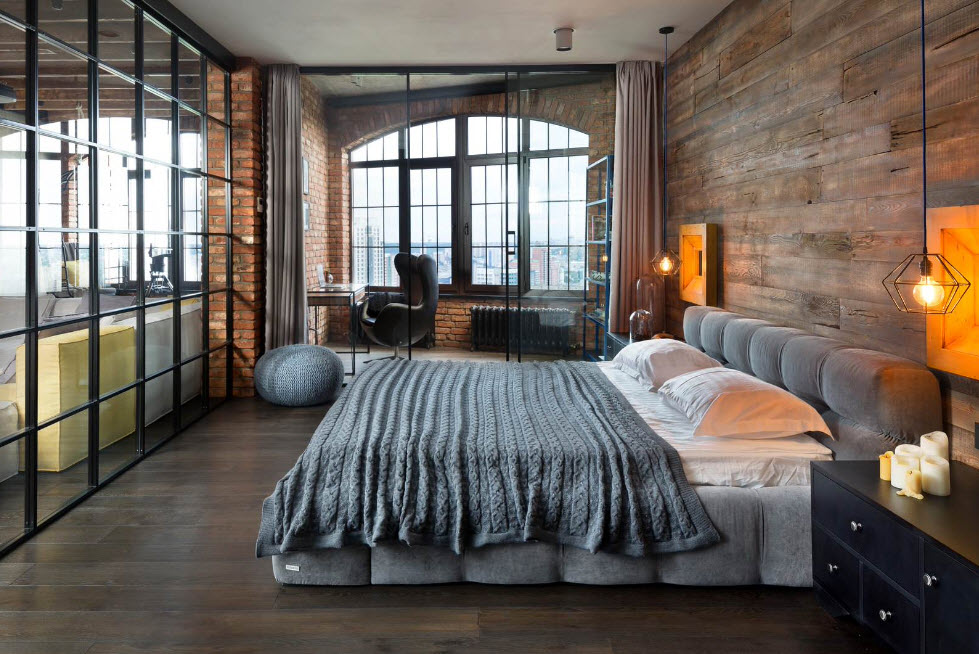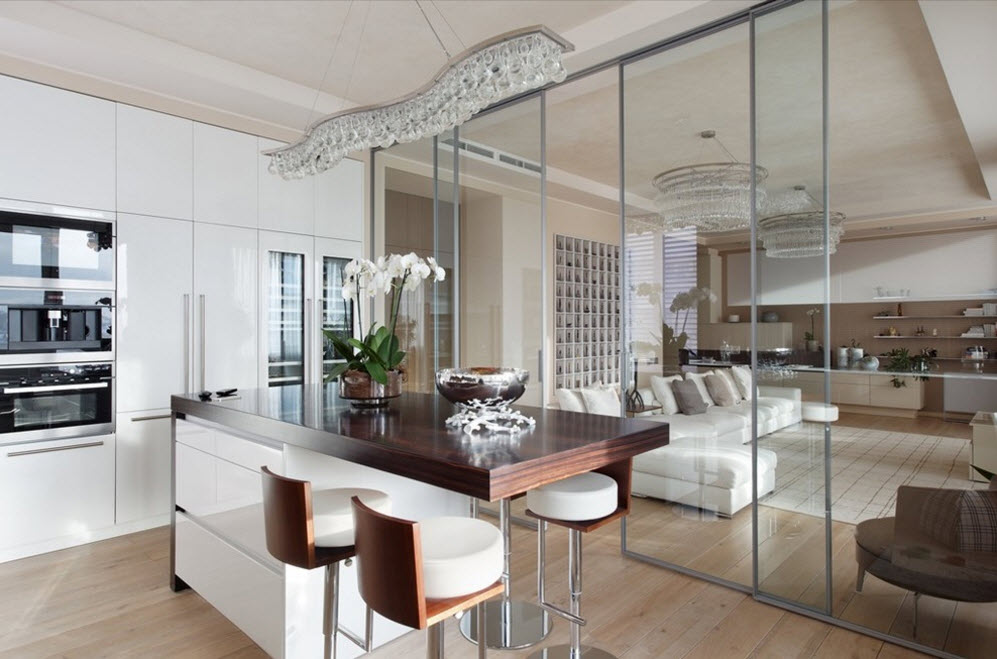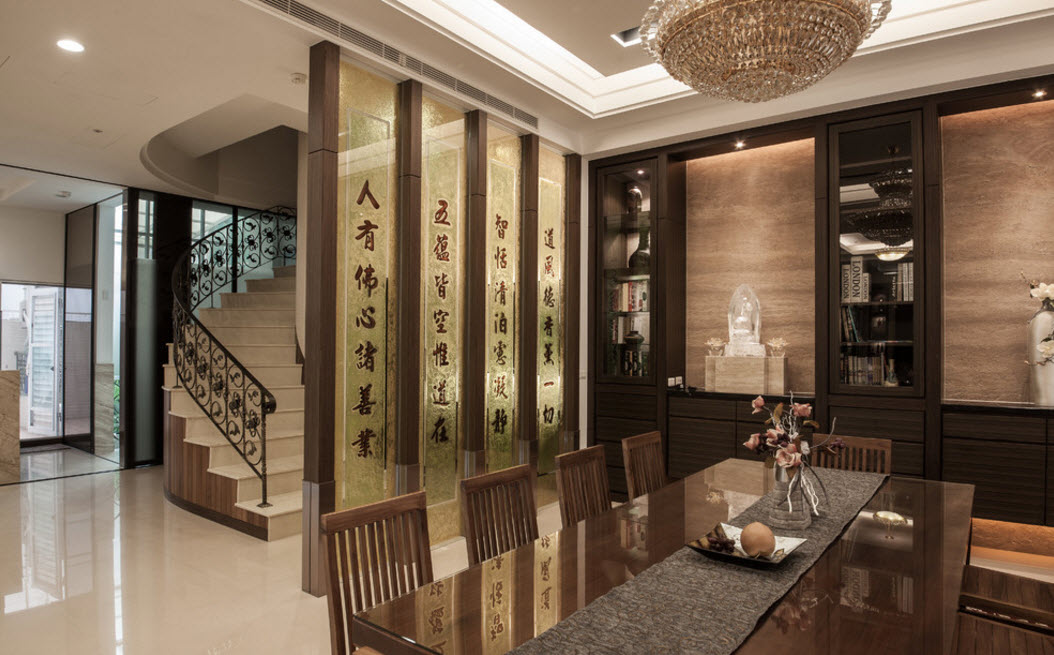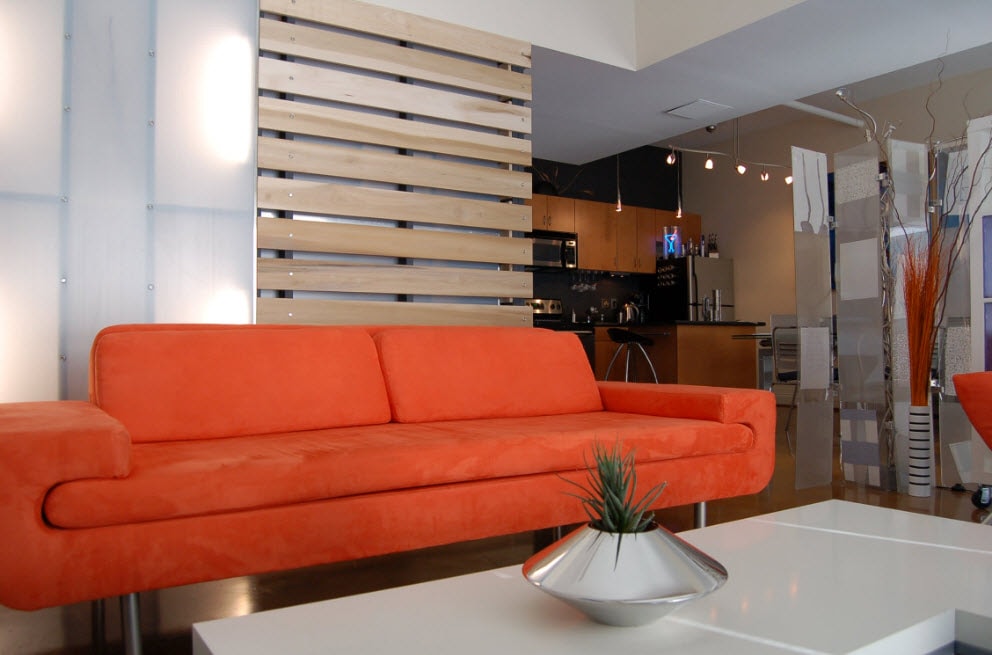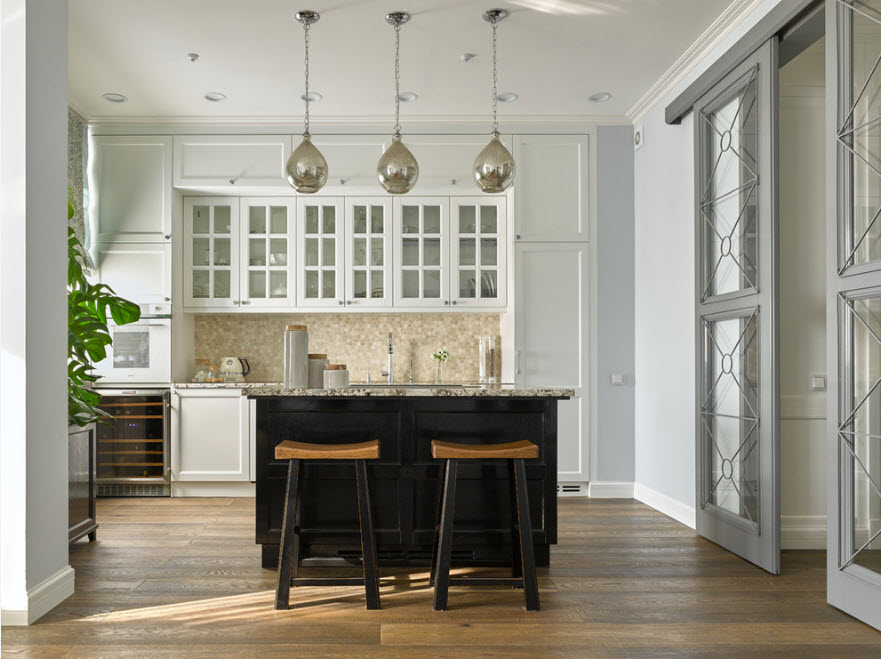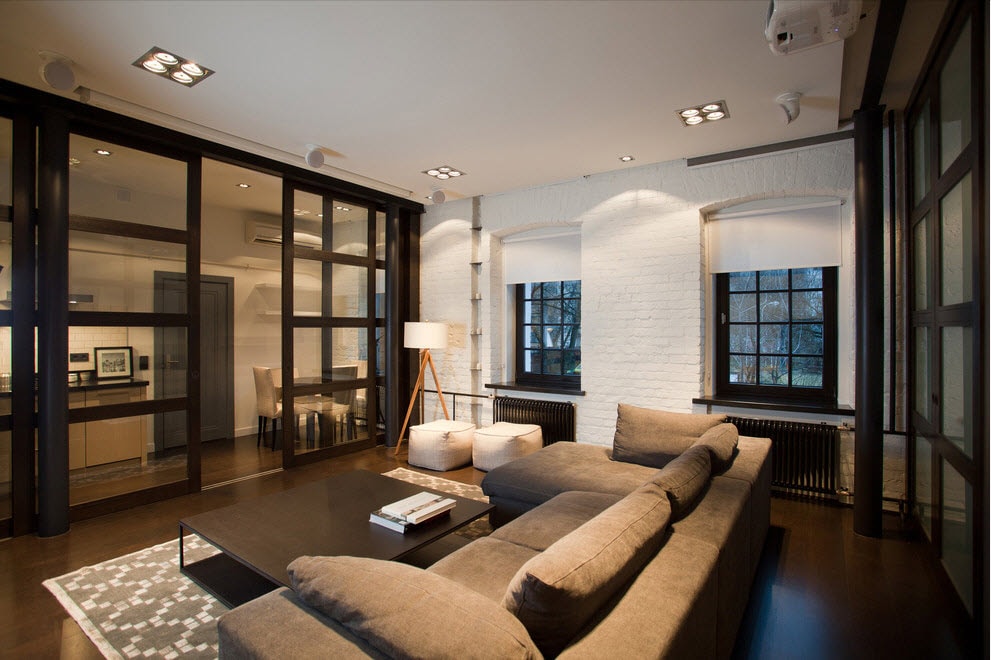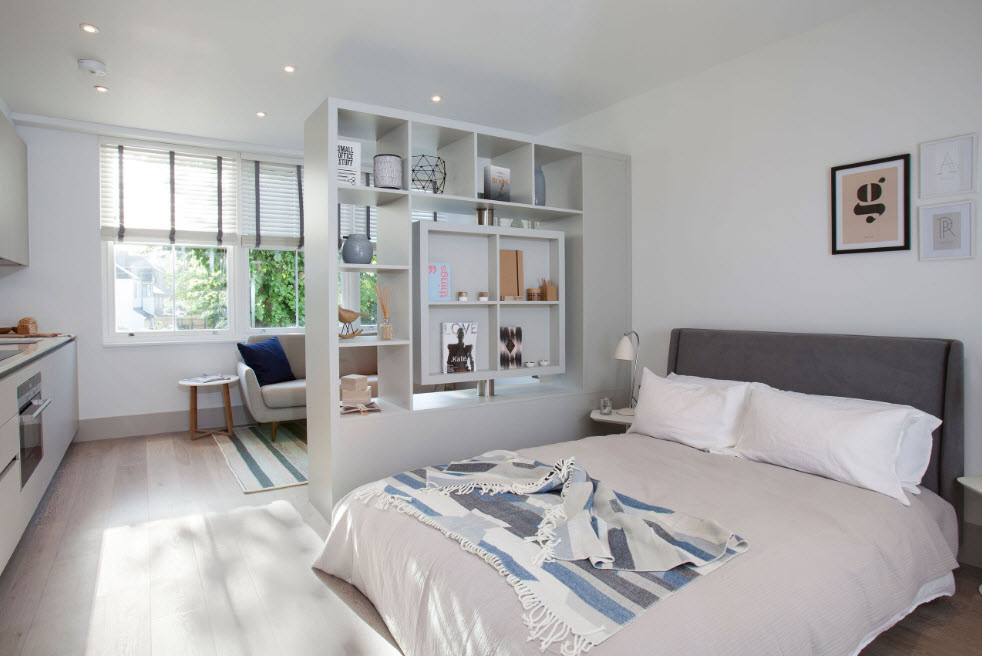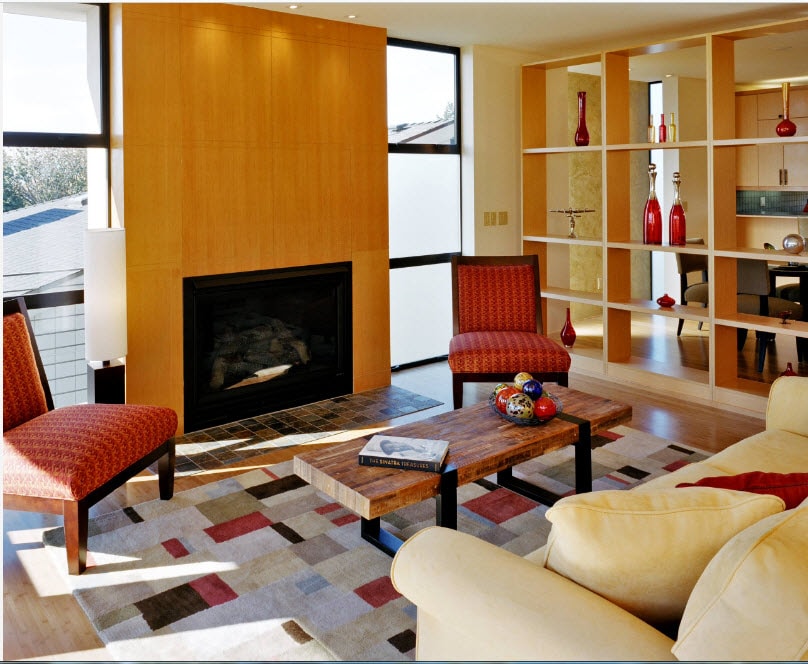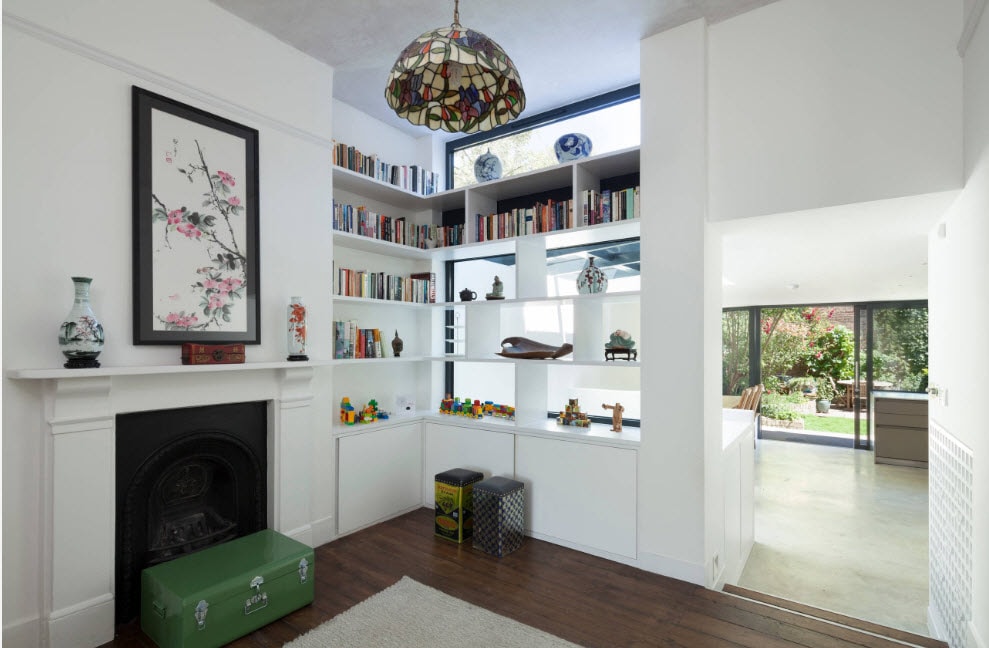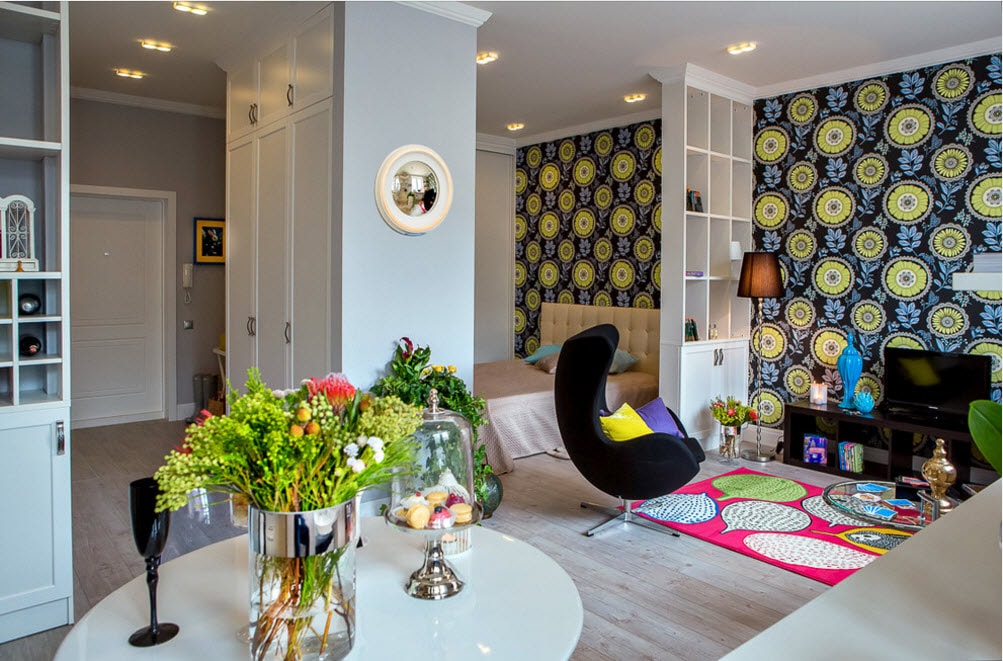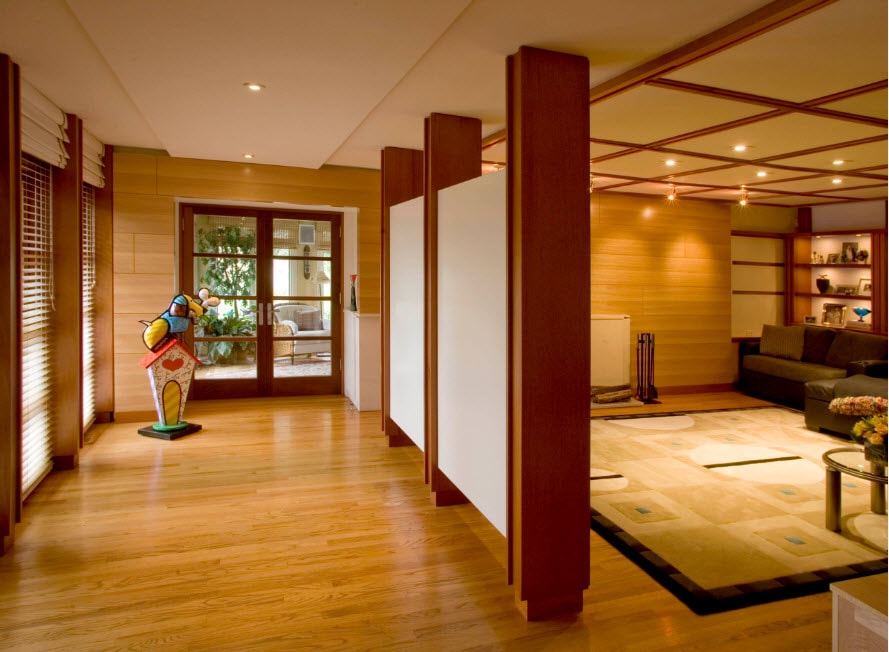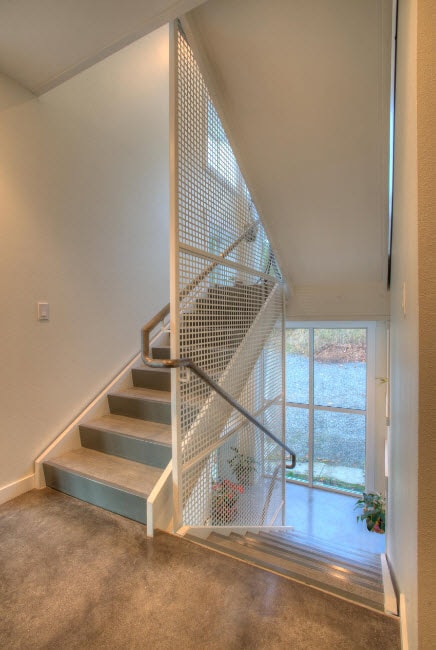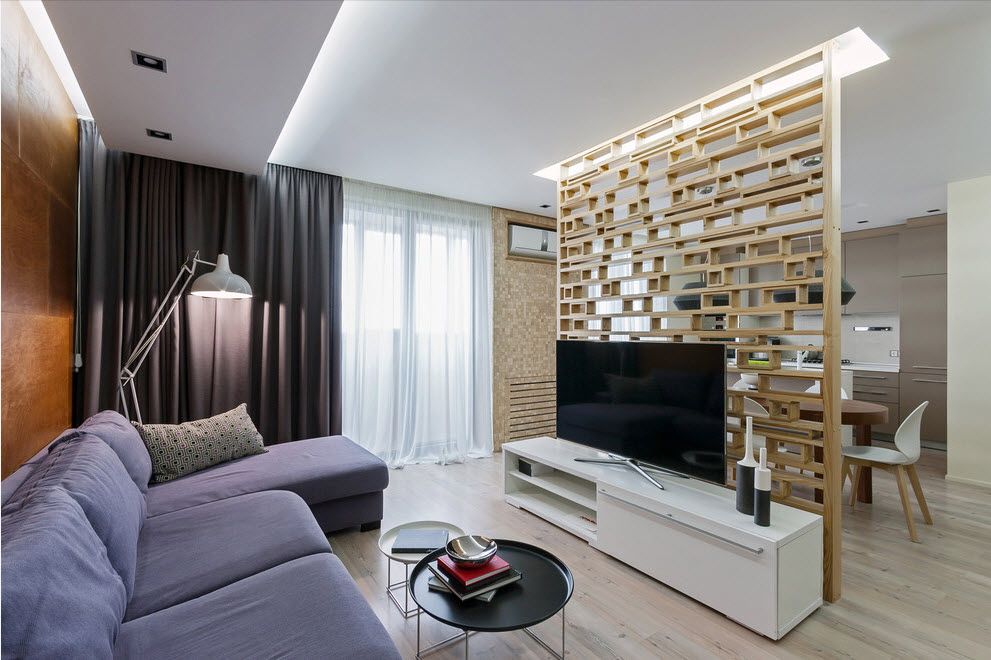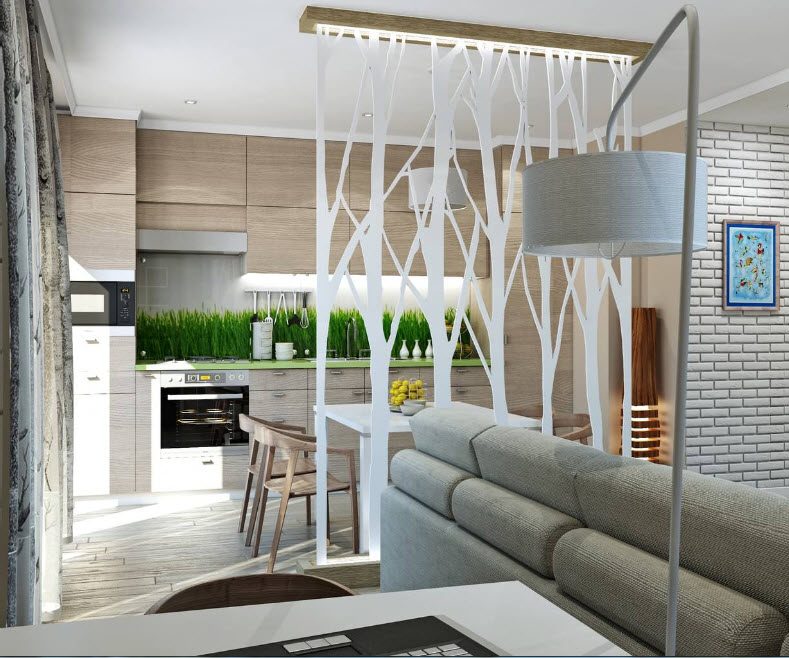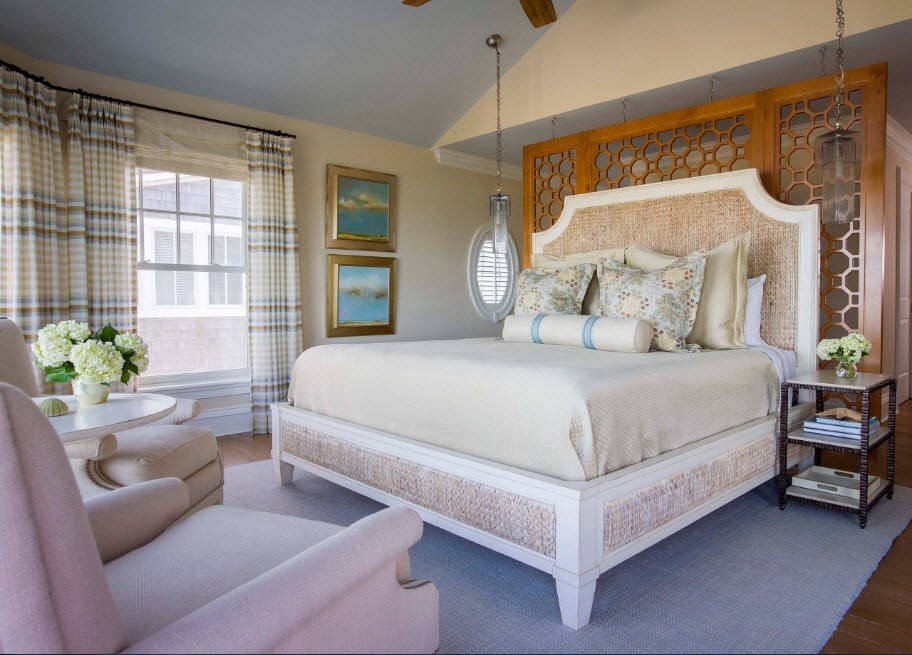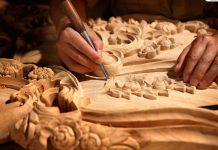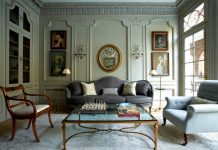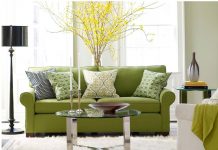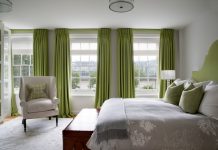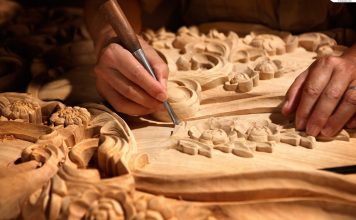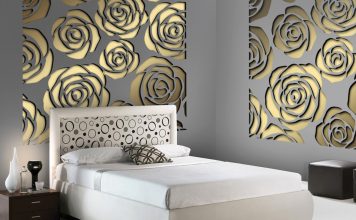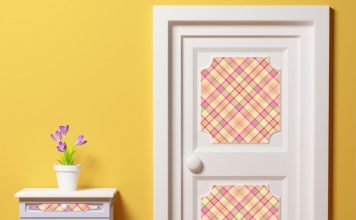Options for the introduction of interior partitions in the interior of a sufficiently large number. They can look like a wall, and can only half-zone the space or perform a purely decorative function. But most often they are used as room zoning. We offer more details about the interesting options for interior partitions.
Material selection
Depending on the functional features of the interior partitions, one or another type of material is selected. Consider the main types, their technological properties, pros, cons and price segment.
Interior partitions are made from such materials:
- drywall;
- brick (hollow, full, ceramic, clinker,);
- glass blocks;
- aerated concrete blocks;
- glass;
- claydite blocks;
- polycarbonate;
- acrylic;
- tree
- metal;
- combination of different materials.
Brick
Partitions in the form of walls, made of brick (solid, clinker or hollow), are the most difficult.But their durability and sound insulation is beyond competition.
Solid brick provides the ability to mount massive shelves and cabinets. It is possible to fasten different structures to partitions made of hollow bricks, but the fastenings should be more reinforced, since there is a chance of falling into the empty space.
The construction of clinker and traditional brick has a fairly large weight, because it should be mounted solely on the site of the concrete floor. It is advisable to consult with a specialist here, but anyway, such an occupation is time-consuming, quite expensive and requiring additional processing (plastering, wallpapering or painting). Clinker partitions, as a rule, are not plastered, using its decorative effect in its original form.
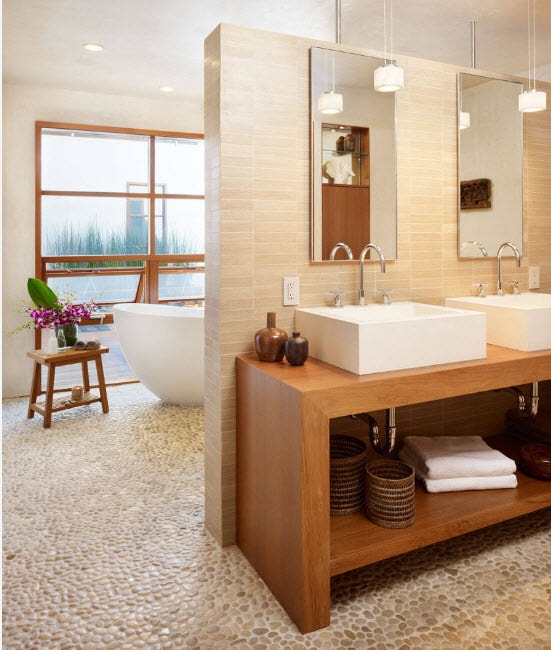
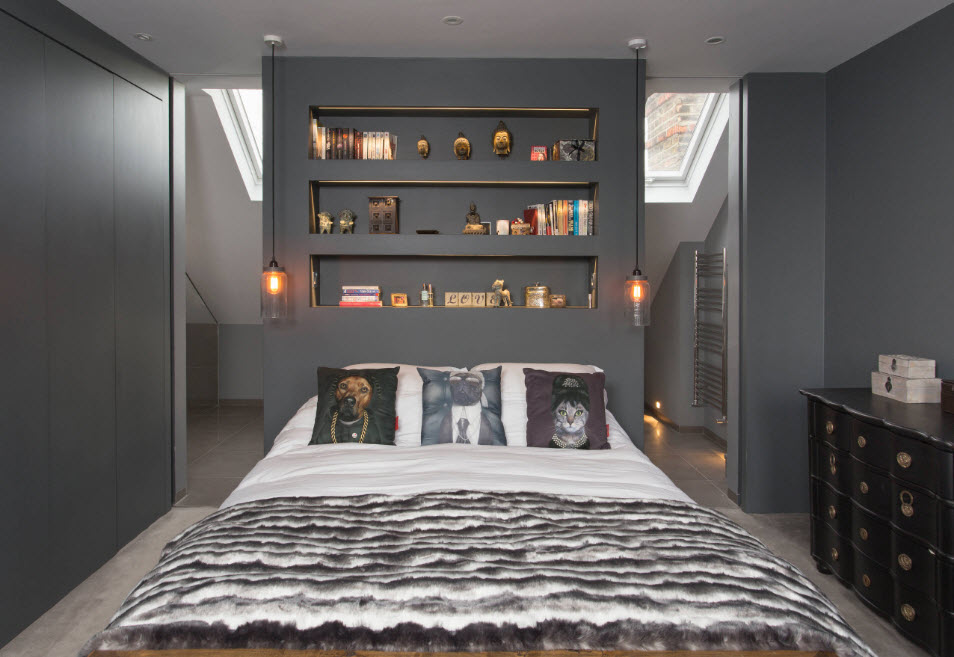 Faster and less expensive than the construction of interior partitions from traditional bricks will be their installation from ceramic materials 11 cm thick. Such a structure can withstand hinged shelves and cabinets, but in the mount you must use spring fonts specifically for porous bricks.
Faster and less expensive than the construction of interior partitions from traditional bricks will be their installation from ceramic materials 11 cm thick. Such a structure can withstand hinged shelves and cabinets, but in the mount you must use spring fonts specifically for porous bricks.
Glass blocks (luxury)
A partition of glass blocks transmits light to different segments of the room. Such a device is strong enough, durable and durable; Often it is an expressive decorative accent and stylistic element of interior decoration.
Aerated concrete blocks
Interior plasterboard partitions
Plasterboard constructions favorably affect the room microclimate. They are able to give and absorb moisture contained in the air. Such partitions are erected quickly, do not need plastering - just enough to putty the joints.
The disadvantage of drywall walls is that they do not withstand heavy objects. In case of such a need, the fastener should be inside the structure and mounted to the metal profiles. Another disadvantage of drywall - low impact resistance.
Wooden partitions of various modifications can be both an expensive product and a very low cost - it depends on the type of wood species. But anyway, the elements of wood in the interior always look luxurious and noble, they bring comfort, warmth of nature and a touch of uniqueness.
Glass
Glass for partitions is used in the case when a clear zoning with the propagation of light in all functional areas is necessary. Generally opaque or transparent partitions make from extremely red-hot and safe for human tempered glass.
Glass designs with laser engraving, photo printing, drawing or in stained glass style will be the highlight of your interior.
Combination of materials
Interior partitions: design and functionality
Partition rack
Partition screen
Fireplace
Swivel partitions - an unusual, but very functional design. Such a device looks like horizontal blinds, which create a different level of closeness of a certain part of the room, depending on the adjustment of the angle of rotation.
A variety of interior partitions are designs that are created not only for the purpose of zoning, but also supports for some element in the interior. They are very rarely solid, mostly contain holes.


 Such a partition can be a support for the steps and other parts of the stairs, countertops, consoles, various storage systems and even home benches for rest.
Such a partition can be a support for the steps and other parts of the stairs, countertops, consoles, various storage systems and even home benches for rest.
Partition for decoration
Often in the interiors you can meet the partitions, which acts not so much as a fence, as a creative decorative element. After all, today you can embody any fantasy designer - it all depends on taste preferences, the conceptual direction of the interior and the financial capabilities of the owners of the room.


